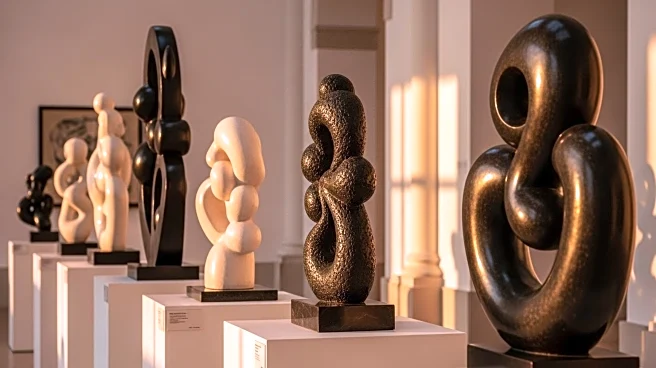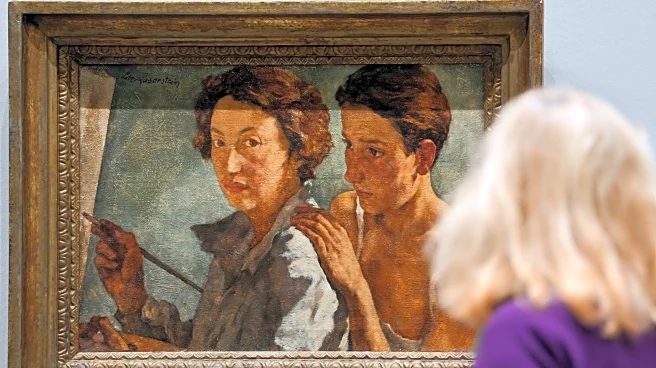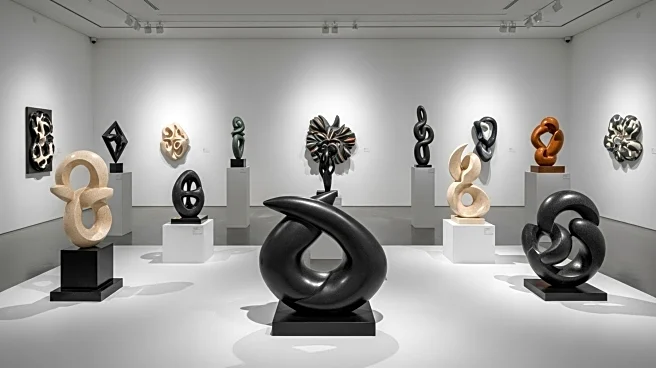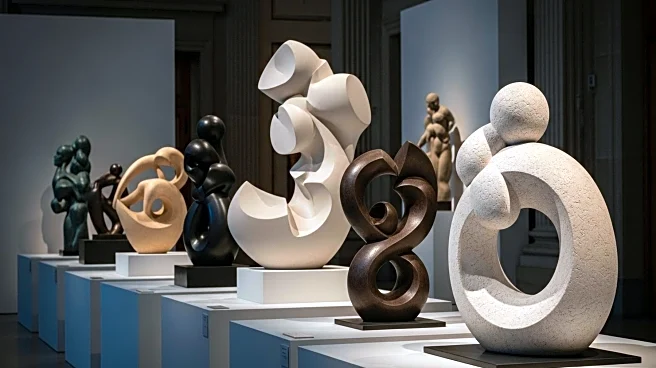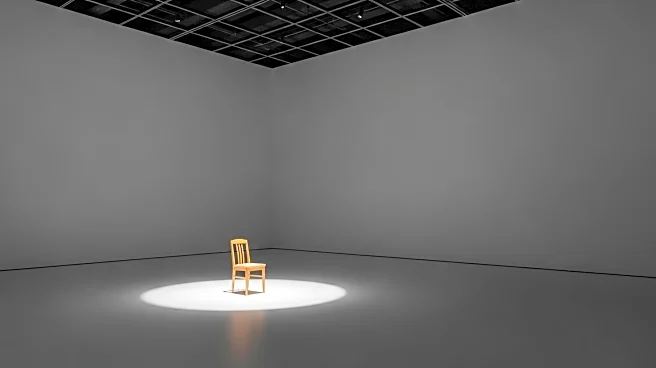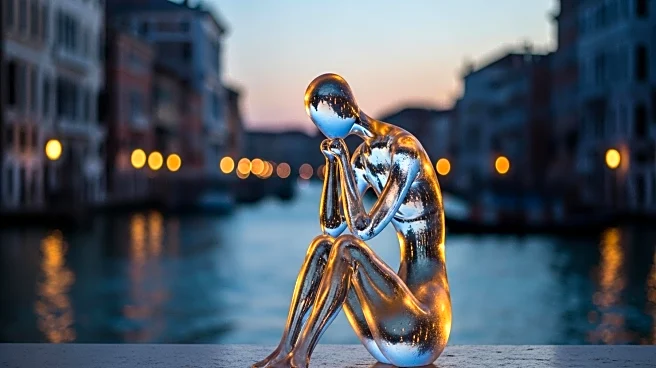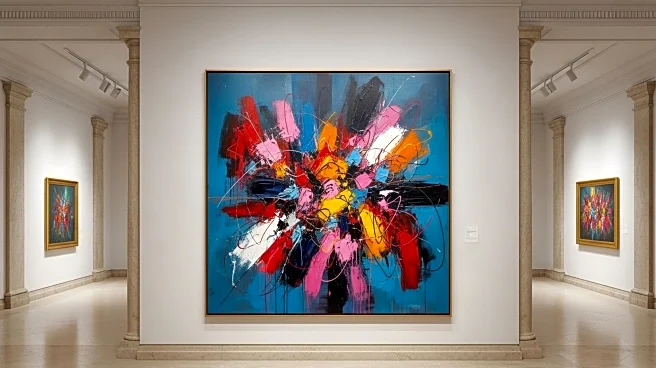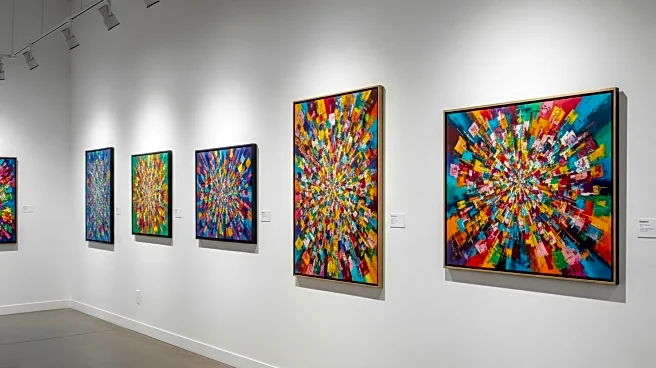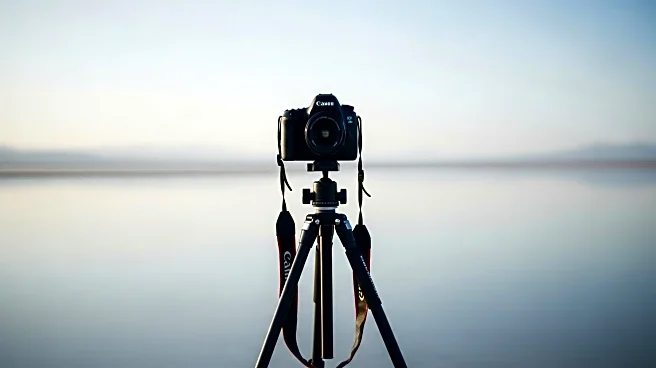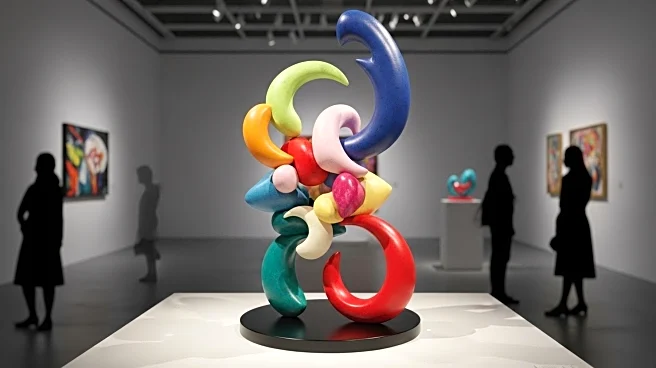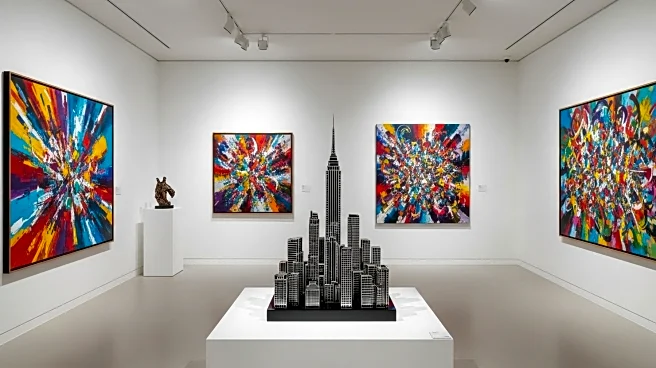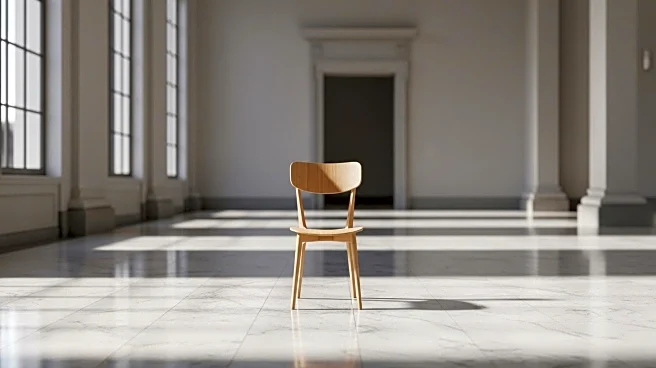What is the story about?
What's Happening?
Simone Leigh, a prominent US artist, is set to present her largest exhibition to date at the Royal Academy of Arts in London in late 2027. The exhibition will feature bronze and ceramic sculptures alongside film installations, focusing on themes of architecture and art created under fascist regimes. Leigh, known for her work on race, history, and gender, particularly the Black female experience, aims to address the impact of fascism on artistic expression. The exhibition is curated by Tarini Malik, who previously organized the British Pavilion at the 2024 Venice Biennale. Leigh's work has gained significant recognition, including representing the US at the 2022 Venice Biennale and winning the Golden Lion for her piece Brick House.
Why It's Important?
Simone Leigh's exhibition at the Royal Academy is significant as it addresses the intersection of art and political regimes, particularly fascism. By exploring how art is influenced by oppressive systems, Leigh's work challenges viewers to consider the role of artists in society and the power dynamics that shape cultural production. Her focus on the Black female experience adds a critical dimension to the discourse on race and gender in art. The exhibition's timing, amid concerns about the erosion of diversity, equity, and inclusion initiatives, underscores the relevance of Leigh's themes. As institutions face political pressures, Leigh's work serves as a reminder of the resilience and transformative potential of art.
What's Next?
The exhibition is likely to spark discussions on the role of art in political resistance and the importance of preserving diverse voices in cultural institutions. Leigh's focus on art under fascism may inspire other artists and curators to explore similar themes, leading to a broader examination of historical and contemporary power structures. The Royal Academy's decision to host Leigh's exhibition reflects a commitment to challenging and thought-provoking art, potentially influencing future programming and collaborations. As Leigh continues to gain recognition, her work may inspire new projects and initiatives that address social justice and equity in the arts.
Beyond the Headlines
Leigh's exploration of art under fascism raises ethical questions about the responsibilities of artists and institutions in times of political turmoil. Her work prompts a reevaluation of how art is used to resist or comply with oppressive regimes, highlighting the complexities of artistic expression. The exhibition's focus on the Black female experience challenges traditional narratives in art history, advocating for a more inclusive and representative cultural landscape. Leigh's approach to materials and themes may influence future generations of artists, encouraging innovative practices that address social and political issues.
AI Generated Content
Do you find this article useful?
